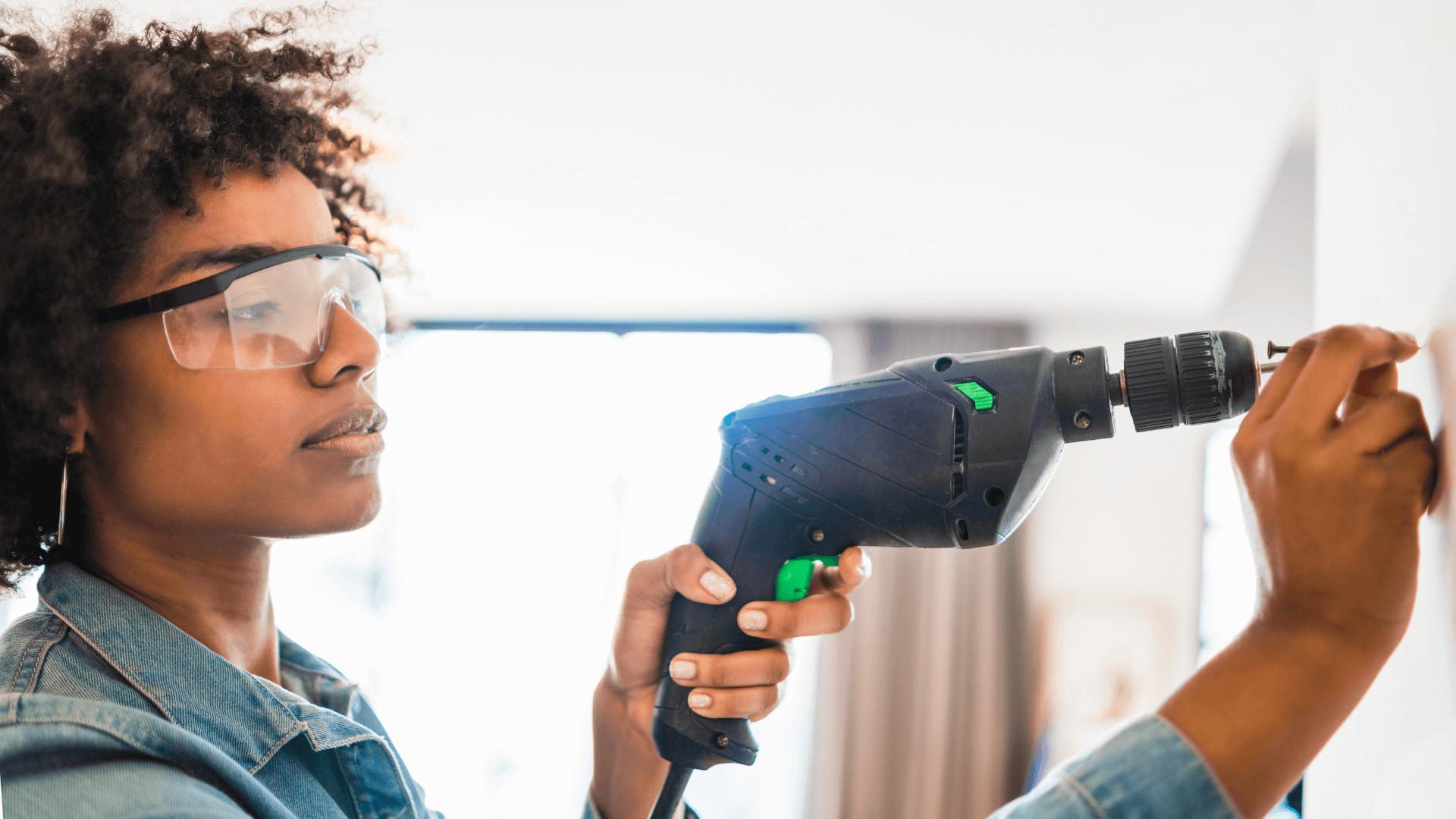Unless you're an electrician, leave it!
When it comes to electrical work, you should always leave it to the experts. Always get a licenced electrician to do an electrical safety check of your home before renovations begin. Find more information about the do's and don’ts of DIY electrical work at www.fairtrading.nsw.gov.au.
Before you start
Electricity enters our homes via a switchboard. The electrical voltage is then split by circuit-breakers and distributed via household wiring to lights, power points, switches, and security alarms, for example.
- Switch off the powerIf you're working near electricity and wiring, shut off the main power in your switchboard and use battery-powered tools.
- Safety switches and your switchboardSafety switches save lives. Before starting a DIY project, test your safety switches to ensure they're working correctly and learn how to switch off and isolate electricity via your switchboard. Safety switches should be checked regularly to ensure all power and lighting circuits are protected.
- Electrical wiring inside your homeBefore drilling into a wall, consider using a digital detection device to help locate electrical wiring behind walls. Bosch offers some handy hints about how to drill without any nasty surprises.
Painting, tiling, and drilling
Painting, tiling, and drilling holes in walls are common DIY activities around the home. But did you know there are hidden electrical dangers associated with these activities?
Look out for the below to keep you and your family safe:
Painting
When painting, don't remove power points or switches as this could expose live wires. Instead, place masking tape around them to protect from paint damage. When painting around light fittings, don't remove the light plate. This exposes live wires even when the light is switched off.
Tiling
When tiling around light fittings, switches or power points, get a licenced electrician to remove the light plates and deactivate any exposed wires before you begin.
Drilling
Check for wires before drilling into walls, floors and ceilings. If a metal drill comes into contact with concealed wiring it can produce an electric shock. Always make sure you know where wires are before you start. Be extra careful when drilling around power points and light switches.
Anything else?
Portable safety switches can be bought from most hardware stores and are recommended for protection when using power tools. When using a ladder, be aware of your surroundings, especially of objects above you and keep your distance from power lines at all times.
Ceiling space
Roof spaces are generally restrictive environments that can be full of hazards. It's not uncommon to find damaged and exposed wiring in ceiling spaces. If entering a ceiling space, be extra vigilant and leave it to the professionals if in doubt.
Real life incidents
A licenced electrician died when undertaking electrical wiring work in the ceiling space of a residential duplex. The incident occurred as a result of making contact with live electrical wiring.
In South Australia, an electrician received an electric shock while he was working in the roof space in 2020. He was rushed to hospital in critical condition but sadly died of his injuries.
A 25-year-old tradesman lost their life after being electrocuted in a roof space in 2017 in a residential suburb of NSW.
Repairing electrical equipment
When dealing with damaged or faulty electrical equipment, the best approach is to unplug the appliance and take it to an accredited repair store or dispose of the product altogether. Don't try to repair it yourself.Be wary of water
We’ve all heard the saying 'water and electricity don’t mix'. Wear dry shoes with rubber soles when using electrical appliances in the laundry, bathroom, wet floors, or outside. Keep appliances and cords away from wet areas even when switched off, and don't touch electrical appliances with wet hands.
Extension cords and plugs
When it comes to extension cords and plugs, there are a few things you need to be careful of:
- Use an extension lead that’s appropriate for the power load you need.
- Fully unwind electrical cords so they don’t overheat.
- Never use more than one double adaptor in a single power point and don’t overload powerboards.
- Check that the extension cord has three prongs and is approved by Australian Standards - extension cords with only two prongs are not ‘earthed’ and are potentially fatal.
Electric zaps and tingles
If you feel a zap, tingle, or shock when touching an electrical appliance, don't ignore it. Shocks and tingles are a sign that something could be seriously wrong, and should be treated as electrical emergencies. Don't touch or re-test the appliance or the location of the shock again, the situation could be life-threatening. Stay clear and contact your electricity distributor. In the case of a life-threatening situation call triple zero (000).
